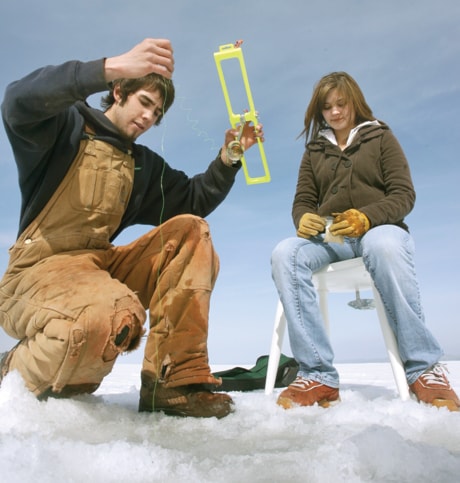The rest of Canada just experienced its warmest and driest winter in 63 years.
But for the Prairies, it was only the ninth driest winter, and was actually the 23rd coolest winter, since national records first started being kept in 1948, according to Environment Canada data.
For the people of Red Deer, a frigid and snow-blind December was followed up with two relatively temperate and clear-skied months.
“It looked pretty grim,” said Environment Canada meteorologist Lisa Coldwells about lows of -30C and a 50-cm dump of snow throughout December.
The first month of winter as Environment Canada defines it was 0.2C colder than the 30-year average of -11.1C. The precipitation level was two and a half times the average.
But it didn’t last.
“Right when school started again, around the eighth of January, that’s when the arctic air completely retreated and we were in a very warm air mass for a good portion of the month,” Coldwells said.
The average daily temperature for January was -9.5C, compared to the 30-year January average of -13.2C. February was also warmer than usual, with an average of -8C compared to a 30-year average of -10C.
But snowfall was where we really went off the tracks. There was a little more than half the normal precipitation in the city in January, and a little more than a third in February.
“It’s been one of the craziest years I’ve ever had,” said Mark Meunier, a cross-country skier who tends the trails at Heritage Ranch and Great Chief Park.
“When you get a big dump of snow at the beginning of the year, you say ‘wow, we’re going to have a great year.’ But we just had a short period for people to enjoy that. It got so damn cold they couldn’t ski and then it got so damn hot they couldn’t ski. It’s been a frustrating year.”
Meunier, who has been working the trails for 22 years, says they got glazed over after the first chinook, making them impassable for all but the most experienced skiers.
Skiers got a little time on the trails in January, but February and March were “pretty much not ski-able” and the trails got thin and icy much quicker than normal with no white stuff to replenish them.
Coldwells attributes the unusually warm, dry winter to the El Nino weather pattern, which she says increases Alberta’s “chinook capability.”
She said local weather patterns are indicative of those in southern B.C., Central and Southern Alberta and even southwestern Saskatchewan.
“If we assume that we stay in this El Nino sort of pattern through the early part of the spring and perhaps into the beginning part of summer,” said Coldwells, “we should perhaps look at a few more thunderstorms we might see, in Central Alberta close to the foothills, maybe a bit earlier than normal.”
mgauk@www.reddeeradvocate.com
